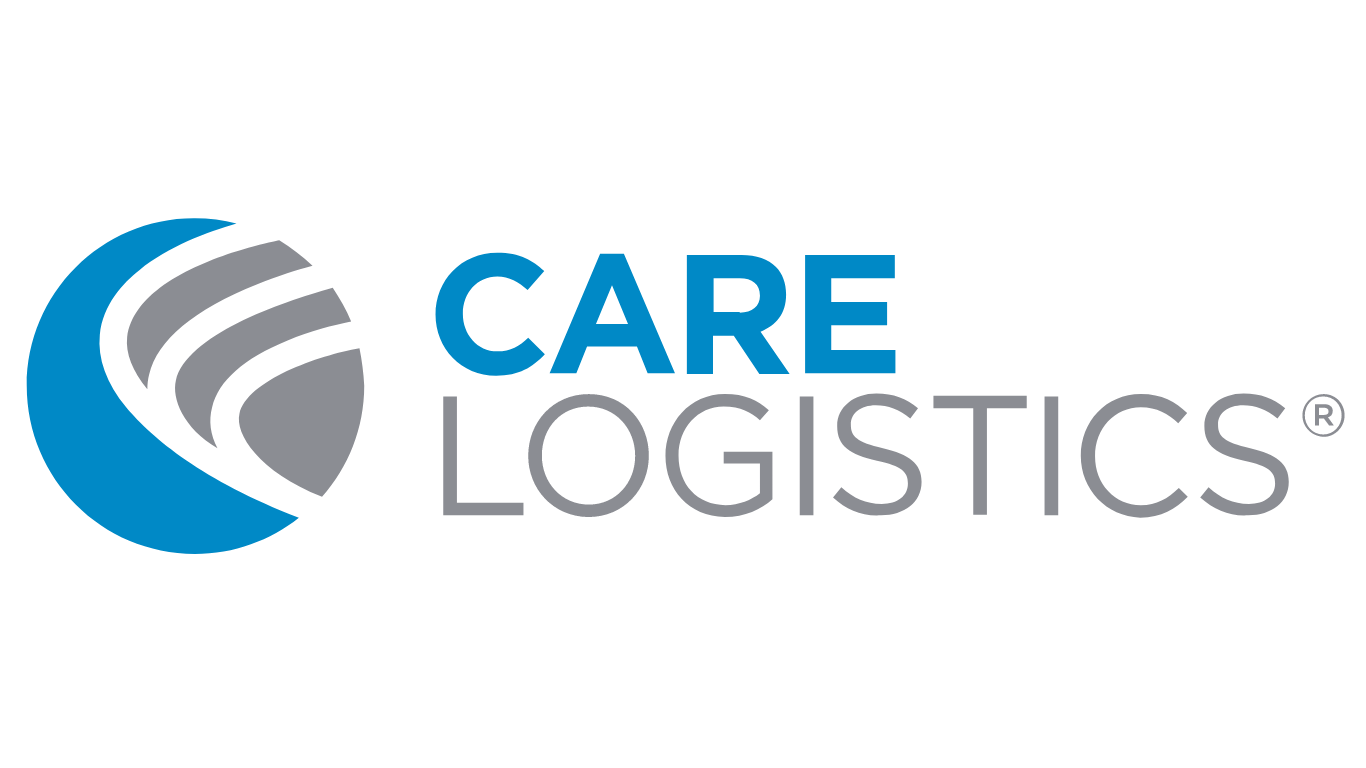Three Reasons Why We Didn't Delay Command Center Implementation in the Pandemic
By Christopher Newman, MD
Senior Vice President, System Chief Operating Officer, and CMO Mary Washington Healthcare
Prior to the COVID-19 pandemic, we at Mary Washington Healthcare recognized that our care coordination model needed advancement. As a rapidly growing two-hospital system, there was a need for a new coordination model to help us improve our patient throughput and efficiency. When the pandemic struck, it would have been easy to delay our command center implementation, but we didn’t.
Here are the three main reasons we moved forward with command center implementation despite the uncertainty of the pandemic.
Shortening the Patient’s Length of Stay
In the early days of the pandemic, creating capacity for patient admissions in our hospitals was a high priority, as more critical care patients were anticipated. Healthcare staffing also became a threatening issue as it had across the nation. To ensure we had the valuable bed and staff resources to take new admissions, it was important that patients did not stay in the hospital longer than necessary.
Delaying implementation of the command center would have prolonged consequences that would be harder to correct with the lasting effects of the pandemic on healthcare. To achieve optimum efficiency and capacity, all hospital departments needed to be in sync and working together as a unit with a focus on moving each patient toward a safe and timely discharge. This would only be accomplished with a centralized command center.
Optimizing Patient Flow and Throughput
Previously, hospital units and departments operated independently without a framework for collaboration. Because of this, care coordination was often fractured. Approaching this issue required looking at these units and departments as one connected system to optimize patient flow and throughput. The command center drives this by creating a central place that manages patient movement across facilities and units.
The command center also empowers staff to see the entire hospital system, patient placement, and anticipated admissions and discharges in real time. This improves communication between admission sources, nursing units, and service areas. If we didn’t move forward with our command center, patient flow issues would complicate our ability to move patients efficiently throughout the health system. This was too important for us and our patients to delay, especially during the pandemic.
Care Coordination is Placed at the Center of the Model
The command center would not be efficient without the command center, unit, and admission source staff working in tandem to ensure patient flow and hospital optimization.
Clinical Care Coordinators are present in our Emergency Department and surgical areas, identifying incoming patient admissions and helping to reduce our observation rates. Once anticipated and upcoming admissions are identified, a Clinical Care Coordinator in the command center ensures timely and accurate placement and movement of those patients so they do not have to wait unnecessarily and take up beds in the Emergency Department or surgical areas that could be used for new patients.
Each nursing unit also has a Clinical Care Coordinator that drives patient progression and discharges and ensures a patient’s time in the hospital is productive and efficient. Once patients are placed accurately, Clinical Care Coordinators on the unit align the care team on the target length of stay, identify progression barriers, and escalate these barriers to the proper place to get them resolved and keep patients on track. Social workers are also an integral part of care coordination and work with the Clinical Care Coordinators to handle complex patient discharge planning. Care coordination on the unit and admission level, combined with their work with the command center, provides optimum hospital efficiency.
Through the trials of the pandemic, our dedication to command center implementation did not waiver. With each new pandemic trial, we saw how the new model had already helped or would help relieve the strain. Our hospitals are now better equipped than ever to work through new situations, respond to a crisis, and provide more efficient care to our community.
